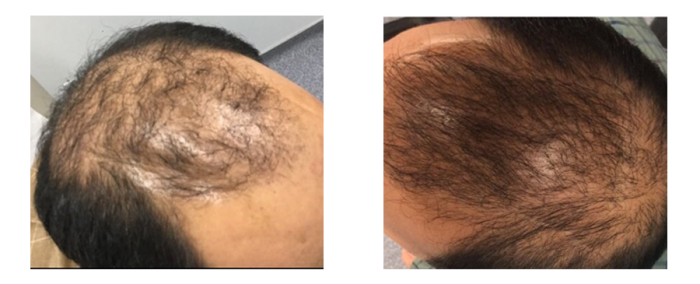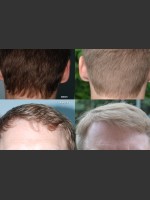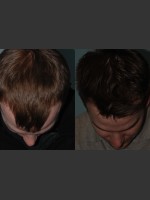PRP for Hair Loss: Myth or Truth?
In part II of our series on male and female pattern hair loss, Prejuvenation concludes our discussion with hair restoration specialist, Dr. Marc Avram.
“PRP has been the most significant new treatment option for hair loss of men and women for the last three to four years in the United States. It started a decade ago in orthopedic surgery for sports and orthopedic injuries, and it has now migrated into dermatology.”
~Marc Avram, MD
“When it was first raised as an idea for treating hair loss. I was a little skeptical,” says board-certified dermatologist, Dr. Marc Avram. “But over the last few years there's been clinical trials that have consistently shown it to be a treatment that works in the majority of patients, and that's safe as well.”
Avram who specializes in hair restoration at his Upper East Side New York City practice, says he has seen the success of PRP for himself. “I tell patients if you go through a series of PRP treatments, you'll be glad you did.” Avram says PRP has become a popular option for hair loss patients because many of them are nervous about taking medications because of certain effects.
How PRP Works
PRP is the newest treatment option to regrow lost hair, but to understand how PRP works, it’s important to understand the role of platelets in our blood. When you have an injury or a cut, the platelets are the body’s first responders to rush in to stop the bleeding and promote healing. When PRP is injected into the scalp it stimulates the dormant hair follicles to grow new hair.
What Happens During Treatment?
Your blood is drawn and then placed in a centrifuge to separate the red blood cells from the PRP. Once the treatment is ready, the PRP is injected into the areas of your scalp where you’re showing signs of thinning and hair loss. One of the best things about the non-surgical treatment is there's very little discomfort or downtime.
The PRP Treatment Plan
The protocol for PRP is to do three treatments, once a month. Avram says after the three treatments, he tells patients to wait for six months to see what happens. At nine months, he says they have a pretty good idea about what it's done and if it's successful. If it is successful, patients need to do maintenance treatments. Why? Because you keep growing hair.
“You know how we have to keep going to the hair salon to cut our hair? If you don't sustain it, it will revert back to the way it was before. So if successful, you do a maintenance treatment, a little bit more often than once a year to maintain the benefit,” explains Avram.

Photos courtesy of Marc Avram, MD


